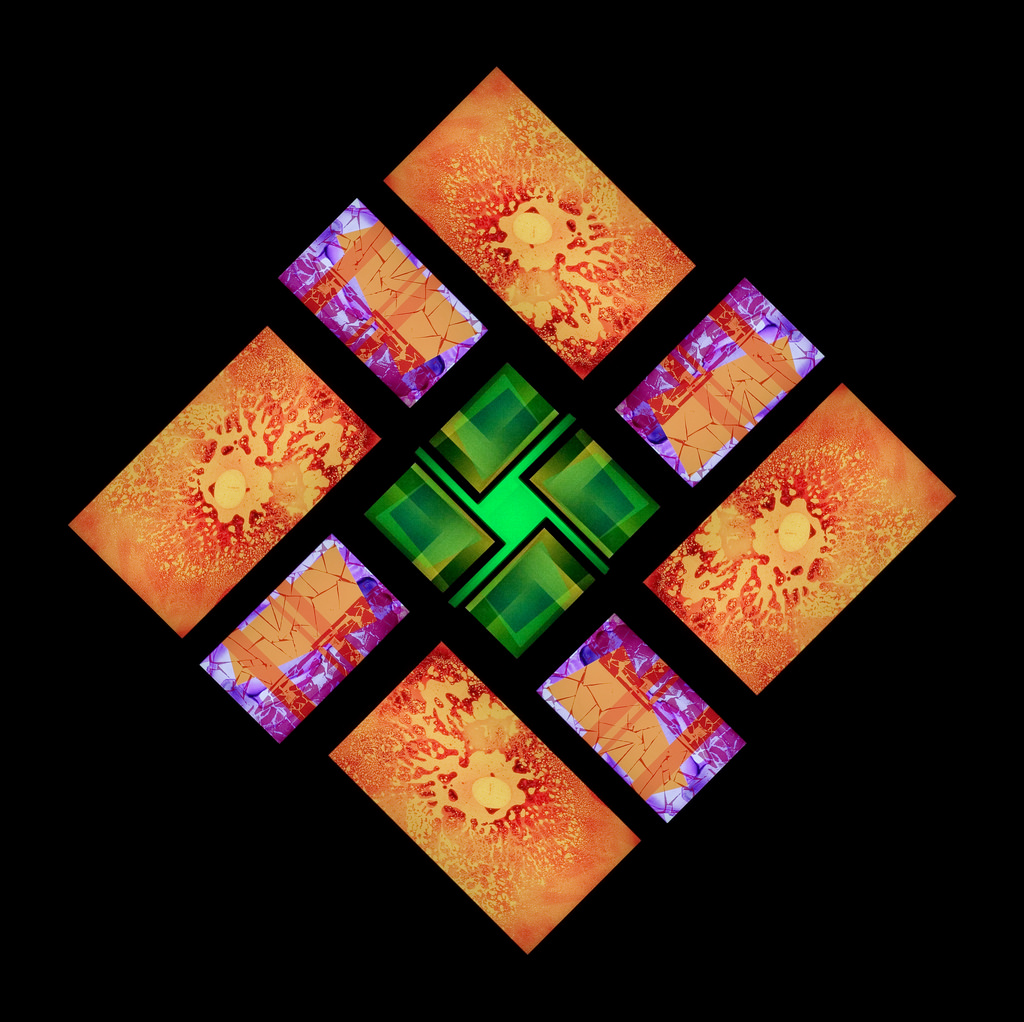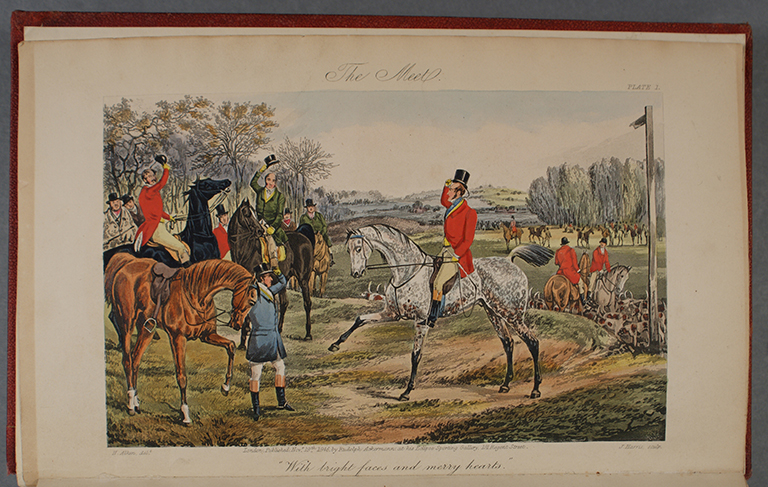

I picked up the comments book in reception and read, ‘ you can feel your blood pressure calming by the minute. About this room Eno writes, ‘Creating a healing environment isn’t only about correct surgical procedures and the right technology but also about making an atmosphere where the patients feel able to relax enough to clearly think through their options, and to properly take part in the healing process themselves.’ As you sit on the sofa and watch the light combine in different ways, and sense the ambient sound calming you, you can tell this is art of a different sort, that provides a context for you to exist calmly. The Quiet Room for Montefiore is chiefly used by patients after chemotherapy and it creates a therapeutic, humanising tranquillity. My feeling is that this slowness produces a calming experience - because it takes the viewer down to its speed.’ Soothing ambient sounds also provide a tranquil backdrop to the reception area. He says in his notes, ‘The movement of the whole piece is deliberately slow. In the reception area you can find Brian Eno’s 77 Million Paintings for Montefiore, a slowly-mutating light painting, which layers and combines in millions of ways previous artworks by Eno. I visited the Montefiore Hospital in Hove, just walking distance from my home, which has two installations by Brian Eno. No surprise to find that Eno had already gone there before me.

Lately, I have been researching hospital waiting rooms, as I believe the experience for people using them can be drastically improved. While his book, A Year With Swollen Appendices, which I read several times, influenced the course of my life and helped me diversify and enrich what have done with my life. His ambient music is often the backdrop to my work, and his albums Neroli, Thursday Afternoon, The Plateaux of Mirrors (with Harold Budd), Music for Airports, and On Land are all favourites.

I’m not given much to hero worship, but Brian Eno is as close as I get.


 0 kommentar(er)
0 kommentar(er)
